How Far Will My Wireless Cameras Work?
Wireless cameras have become increasingly popular due to their flexibility and the convenience of not needing extensive wiring. However, one of the critical considerations for users when selecting and installing wireless cameras is understanding their operational range. How far your wireless cameras work depends on several factors, which we will explore in this comprehensive guide. We will also offer practical advice to help you optimize the performance of your wireless security system.
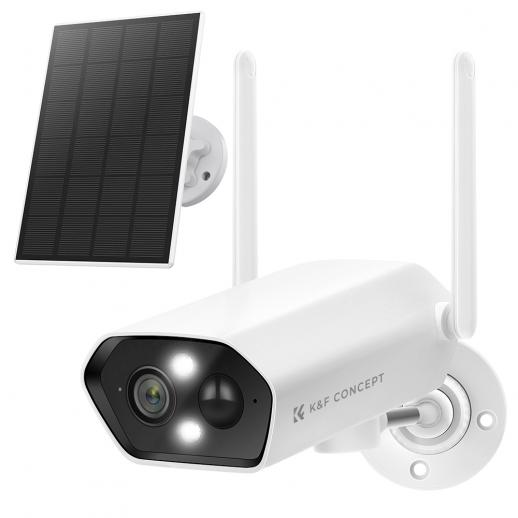
Understanding Wireless Camera Range
Wireless camera range refers to the maximum distance over which a camera can transmit data to its receiver or network without significant loss of quality or connectivity. Several key factors influence this range:
1. Frequency Band
Wireless cameras commonly operate on the 2.4 GHz or 5 GHz frequency bands. Cameras operating on the 2.4 GHz band typically have longer ranges but may experience more interference from common household devices like microwaves and cordless phones. Meanwhile, cameras on the 5 GHz band often have shorter ranges but may offer superior data transmission speed and less interference.
2. Environmental Factors
Physical obstructions such as walls, floors, and ceilings reduce the effective range of wireless signals. Materials like concrete, metal, and brick can significantly impede signal transmission. Open spaces allow for greater range, but real-world environments often present numerous obstacles.
3. Power Supply and Antennas
The power of the camera’s transmitter and the quality of its antenna play a vital role in determining range. Higher power supplies and more sophisticated antennas enhance the range and reliability of the signal. Cameras with external antennas usually provide better performance compared to those with internal antennas.
4. Interference
Electronic devices and networks operating on the same frequency can cause interference, affecting the performance of your wireless cameras. Minimizing the number of competing devices within your network’s range can help improve connectivity.
Practical Considerations for Installation
When installing wireless cameras, you must strike a balance between security coverage and connectivity. Here are practical steps to take:
1. Conduct a Site Survey
Before installation, perform a site survey to determine the best locations for your cameras. Identify potential sources of interference and obstacles. Use wireless network analysis tools to measure signal strength in various areas of your property.
2. Adjust Camera Placement
Position your cameras where they have a clear line of sight to the receiver or network router. Avoid placing cameras behind thick walls or metal objects. Elevating cameras can sometimes help mitigate obstructions on the ground level.
3. Use Range Extenders or Repeaters
If your cameras struggle with connectivity due to distance or obstacles, consider using range extenders or wireless repeaters to boost signal strength. These devices can help bridge the gap between the camera and its receiver.
4. Opt for Mesh Networks
In larger properties, traditional wireless setups may fall short. A mesh network, comprising multiple interconnected nodes, can provide better coverage. Each node acts as a relay point for the signal, ensuring robust connectivity across a wider area.
Practical Example Scenarios
To illustrate how these factors play out in real-world applications, consider the following scenarios:
Scenario 1: Suburban Home
A typical suburban home presents multiple rooms and walls. Wireless cameras on the 2.4 GHz band might offer better coverage but could experience interference from household devices. Placing the router centrally and using a few well-placed signal boosters can help maintain coverage throughout the home.
Scenario 2: Large Property with Outbuildings
Large properties, including farms or estates with outbuildings, face connectivity challenges due to distance. Here, a combination of high-power 5 GHz cameras, strategically placed extenders, and possibly a mesh network ensures comprehensive coverage.
Scenario 3: Urban Apartment
In a dense urban setting, wireless cameras must contend with numerous competing signals from neighboring apartments. Choosing the 5 GHz band to reduce interference and placing the router away from common interference sources like microwaves can optimize performance.
Troubleshooting Connectivity Issues
If you encounter connectivity problems with your wireless cameras, these troubleshooting steps might help:
1. Check for Firmware Updates
Manufacturers often release firmware updates to improve performance and fix bugs. Make sure your camera and router firmware are up to date.
2. Reduce Interference
Identify and relocate or turn off devices that might interfere with your camera’s signal. Switching the camera to a less congested frequency band can also alleviate issues.
3. Test with Direct Line of Sight
Temporarily position the camera in a location with a direct line of sight to the receiver to determine if obstructions are causing the connectivity problems.
4. Upgrade Equipment
In some cases, the existing equipment may not suffice for the required range. Consider investing in higher-end cameras or better routers with more robust transmission capabilities.
Final Thoughts
The effective range of wireless cameras is a common concern for users. By understanding the factors that influence this range and implementing best practices, you can achieve optimal performance from your wireless security system. Performing a thorough site survey, carefully placing cameras, using extenders, and choosing the appropriate frequency band can make a significant difference. Should connectivity issues arise, systematic troubleshooting can often identify and solve these problems, ensuring your cameras provide reliable and consistent surveillance.
Wireless camera technology continues to evolve, bringing enhanced features and capabilities. Staying informed about the latest developments and products will help you maintain a secure and well-connected home or business environment.


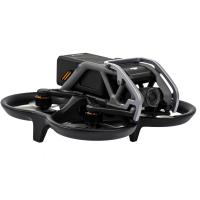





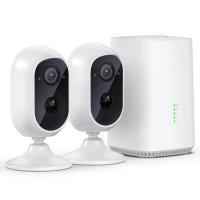

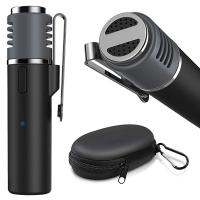
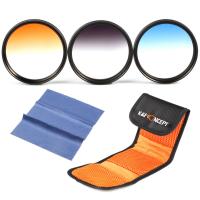
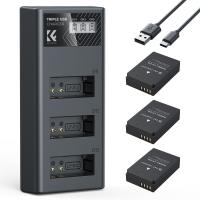

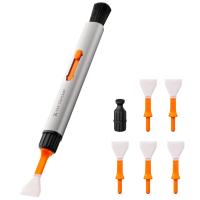

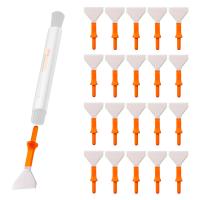

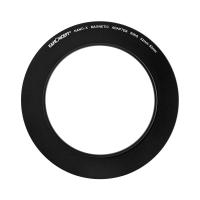
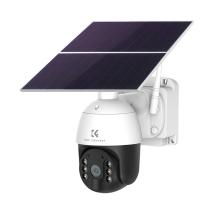




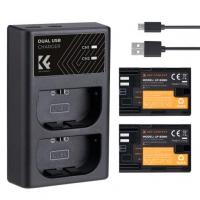
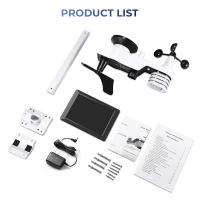





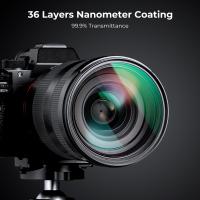





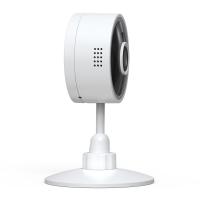
There are no comments for this blog.